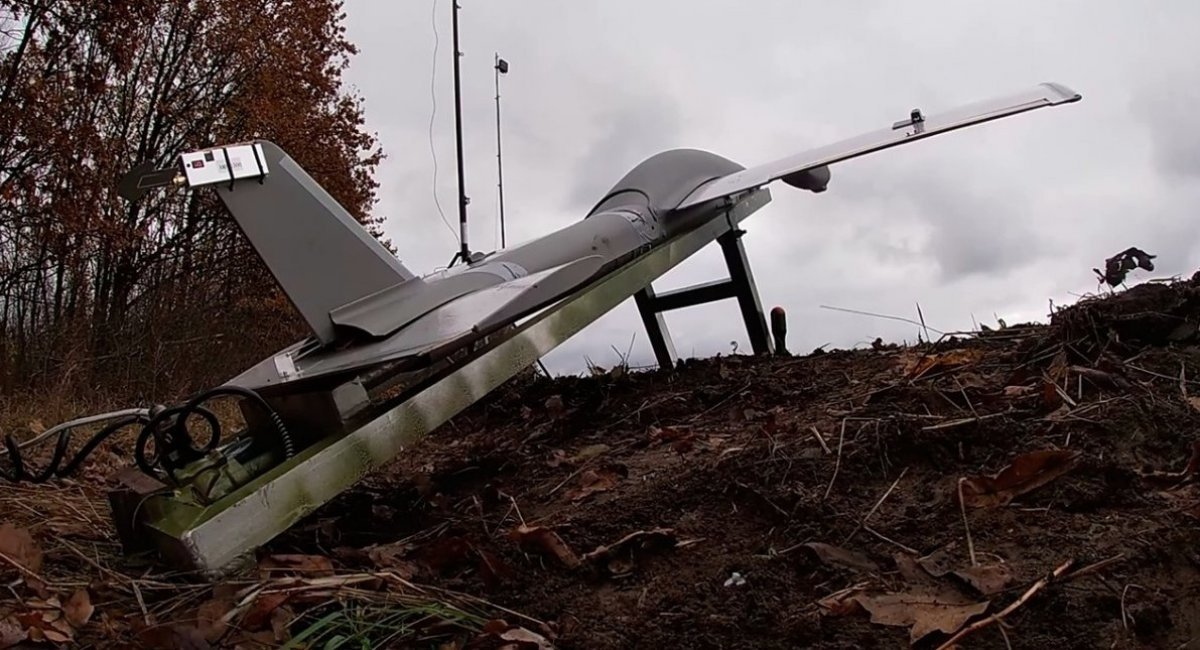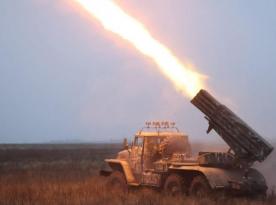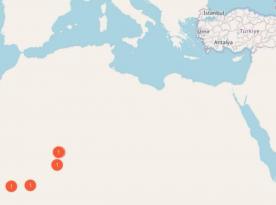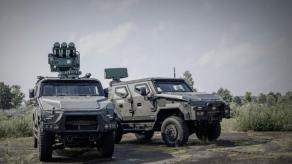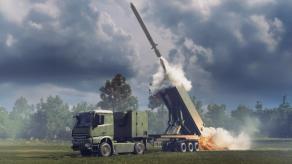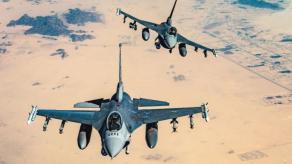Recently, the specialist in communication, electronic warfare, and radar systems, Serhii "Flash" Beskrestnov published interesting footage from the camera of a Ukrainian anti-aircraft FPV drone. The footage shows how russian Molniya-2 UAV acts as a carrier for the FPV drone.
To install such a drone, russians had to remove the upper part of the fuselage. The decision to use a kamikaze drone to deliver another kamikaze drone seems a little strange, but it makes sense.
Read more: Ukrainian Forces Strike russia’s Iskander Launchers in Bryansk, Destroy One and Damage Two
Usually, more expensive reusable UAVs are used as mothership drones for FPV drones, which are often equipped with relays. In this case, the low-cost Molniya-2 kamikaze drone was adapted for this purpose. However, in this configuration, it is possible that it could be reused. Another drone can also act as a relay.
Although Molniya-2 has a range of over 30 km, in this configuration it is unlikely to fly that far. The most likely application is delivering an FPV drone directly to the battlefield or just behind enemy lines. This helps preserve the FPV drone's battery life, allowing it to search for targets for a longer period.
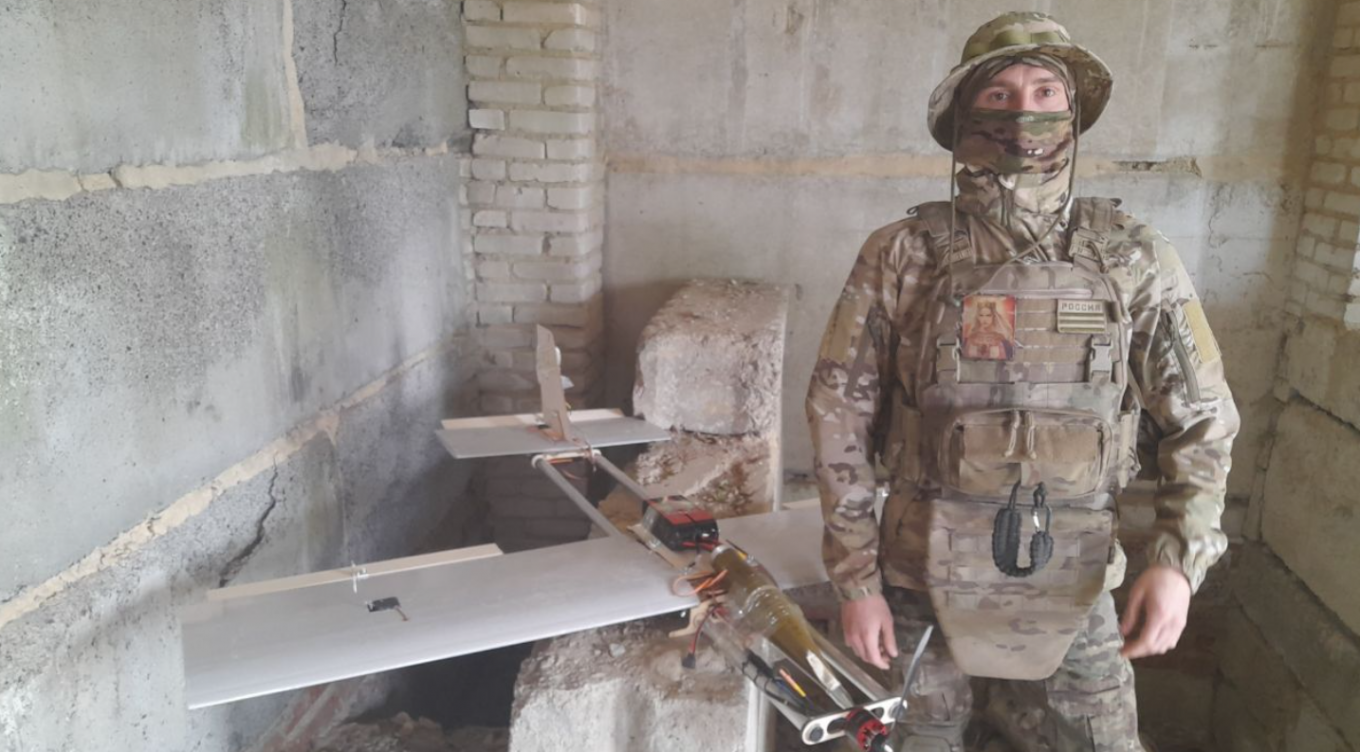
This approach may also allow FPV drones to use lighter batteries, increasing their speed or combat effectiveness. The published images do not show the warhead, which may give the impression that it doesn't exist.
According to Ukrainian military expert, Oleksandr Kovalenko, The drone mounted on the Molniya-2 appears to be an FPV model from the Skvorets family, which is actively used by russian forces and has been detected in Ukrainian rear areas multiple times.
It's worth noting that the modernized Skvorets-VMF variant is planned for installation on russian naval drones targeting the Ukrainian coast. However, it seems more likely that they will be used to hunt Ukrainian maritime drones.
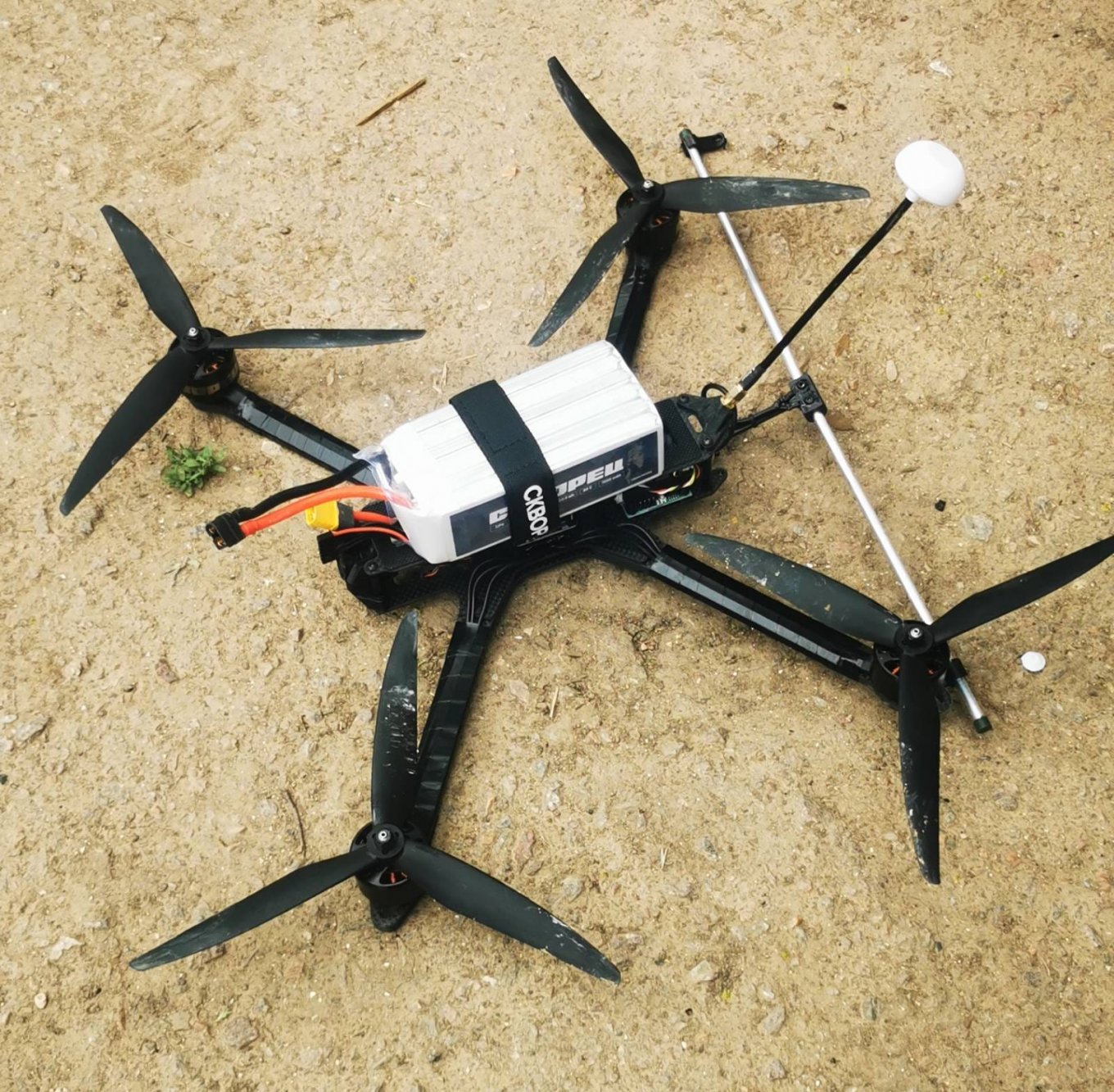
It should be noted that although this drone poses a serious threat, it is controlled via radio channel, which means that it can be easily jammed by electronic warfare systems. Therefore, it should be easier to detect and counter than fiber-optic drones. In contrast, Skvorets has significantly greater speed and maneuverability because it lacks a heavy fiber-optic cable spool and doesn't need to avoid breaking the cable.
The Molniya-2 UAV is made literally from sticks, which makes it quite cheap and easy to manufacture. Previously, russians managed to install a warhead on it in the form of a TM-62 anti-tank mine. The production of such drones could also be launched in North Korea, potentially posing a serious threat.
Read more: Voronezh, Chelyabinsk, and Kozelsk Burned: Why Some russian Missile Carriers are Named After Cities



